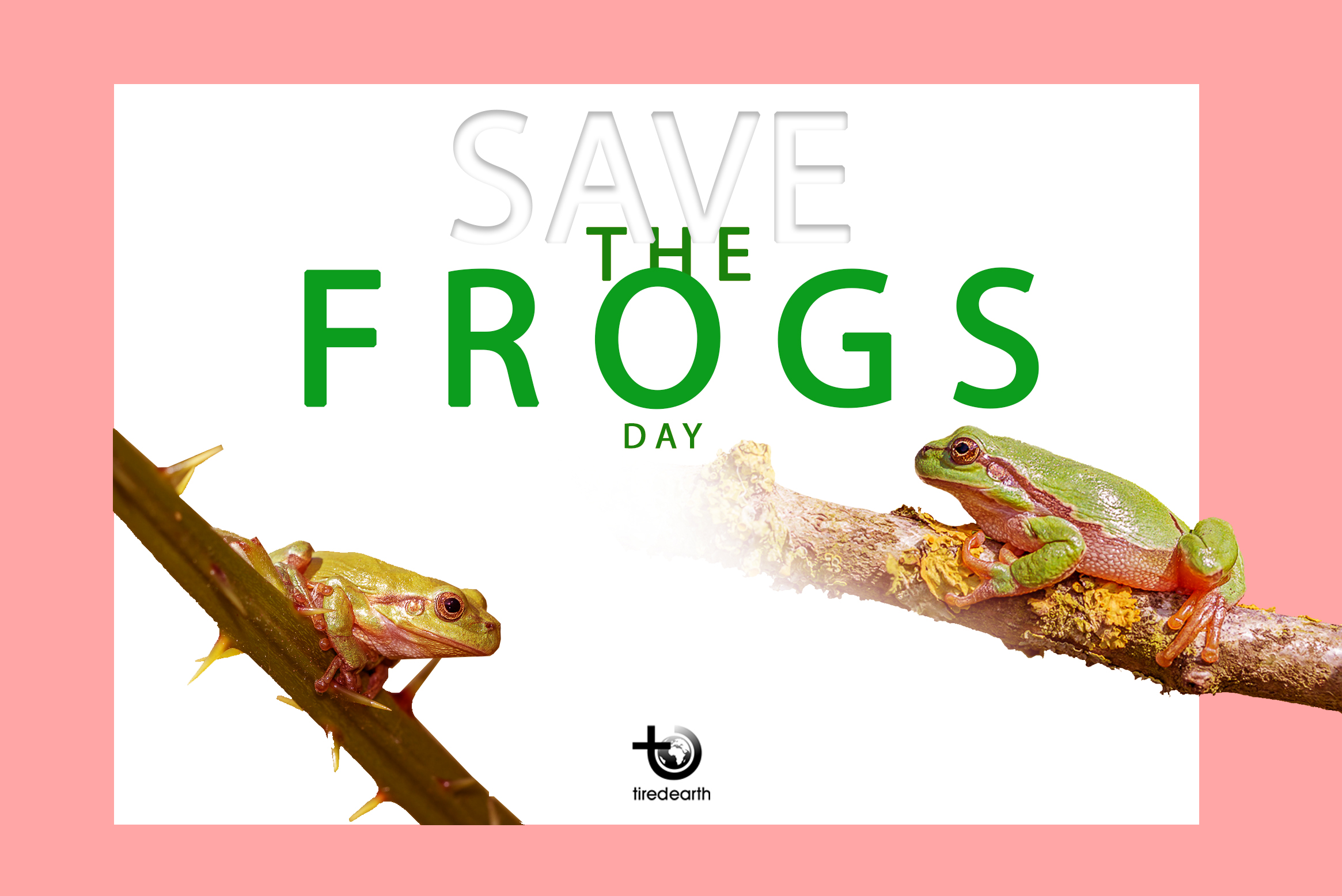GMOs or genetically modified organisms, are new organisms created in a laboratory using engineering techniques.

This process creates combinations of animal, plant, bacterial and virus genes that is not a natural process and do not occur through traditional crossbreeding methods. GMOs affects many of the products, foods, fruits and so on, that we consume on a daily basis. Scientists, consumers and environmental groups have warned many health and environmental risks with foods containing GMOs. Soil degradation is also another problem produced by GMOs. As the number of GMOs available for commercial use grows every year, the Non-GMO Project works diligently to provide the most accurate, up-to-date standards for non-GMO verification to inform people about its losses.
Pros and cons of GMOs
GMOs is a controversial technology to change genes structure to improve it. The benefits and harms of this technology and its outcomes have been debated. While most of countries in the world rejected planting and consuming GMOs or treated them with great hesitation, the US has somewhat embraced GMOs. However, here we try to show the reasons both sides have for their treatment.
Advantages of GMOs
1. Less soil and more crops
The first reason that pros of GMOs bring is a tremendous growth in crops. GMO crops can be engineered to produce higher yields from the same croplands. In some instances, the crop yields can potentially double when the transition from traditional crops to GMO crops is completed by local farmers. This process allow governors and food producers to meet the food demands of the future generations, we are going to face. By 2050, upwards of 10 billion people are expected to be living on our planet and feeding this amount of population is impossible without GMOs. Oxfam currently estimates that global food production is enough to feed about 8 billion people.
2. Reduction of Global warming
Global warming will be reduced as farmers plant GMO crops because they will be able to farm more plants and crops specially growing those that they were not able to be planted as “unsustainable crops”. More plants and crops at more areas causes increased oxygen in the environment and decreased carbon dioxide and finally reduction of global warming. British economists noted in a study that genetically modified crops have made significant contribution to reducing greenhouse gas emissions by over 10 million tons, which is equivalent to removing 5 million cars from the road each year. May be this is a permit for people for having their personal cars during the day.
3. More nutritional value to crops
The GMO method can boost nutritional value to crops that lack necessary vitamins and minerals. Considering that there are places in the world relying on rice or corn as their daily staple, plant genes may be added to these crops to increase their nutritional value. This method allows malnourished populations to improve their malnourishment by receiving more nutrients from their diet.
4. Positive environmental impact with GMO crops
As a matter of fact, GMO crops require fewer in-field operations and applications to save the quality of the crop. For this reason, fewer passes over the field are required. It also decreases the amount of carbon dioxide and other greenhouse gases that are produced through fossil fuel combustion with different farming equipment such as: tractors, combines and… Carbon dioxide is also dumped in the soil, so fewer passes means less of a release occurs there as well.
5. Less time and more benefits
GMOs have become a very effective methods for farmers to make larger profits and make more money, as it allows them to spend less time on resources. It has also some economic benefits that these organisms are designed to be pest-resistant, eliminating the need to use pesticides, which means more savings.
Disadvantages of GMOs
1. Contamination of other fields
Pollination by bees as a crucial act, is the problem for growing GMO crops. The crops may be genetically modified, but they still grow the same way as any other crop. That means pollination is required for the crop to produce the “fruit” that is being grown. Bees do much of the pollination work, which means they are exposed to the genetic changes of the plant. Seeds are produced by these GMO crops as well in many instances, which can be spread to other fields and contaminate them. If cross-pollination occurs, there is no predictable outcome for both fields, though soybeans are an exception since they don’t cross-pollinate.
2. Environmental damages
There is a claim by many experts that genetically modified foods are safe for the environment, they actually still contain several kinds of substances that are not yet proven to be such. And what’s worse? These substances are remained hidden to the public. Genetically modified crops can cause a threat to the environment due to the fact that they are not a natural way to plant and cultivate plants.
3. Allergic Reactions
According to research by the Brown University, resent genetically modified foods can pose significant allergy risks to people. It states that genetic modification often adds or mixes proteins that were not indigenous to the original animal or plant, which might cause new allergic reactions in our body. In some cases, proteins from organisms that you are allergic to might be added to organisms that you were not originally allergic to. This means your range of food choices will be lessened.
4. Threaten the lives of animals
Engineered plants are found to function as mediators to the transfer of genes to wild plants and the creation of weeds. To keep them under control, scientists are inventing new herbicides that were not necessary for non-GMO weeds and are toxic to various animals that feed on GMO crops, such as cows. Tests have shown the uptake of these herbicides having toxic consequences on certain organisms and the ecosystem in general.
5. Dangerous to other insects
GMOs are believed to be dangerous to some insects because new crop genes can be deadly to them. This is worth noting when it comes to certain insects, such as butterflies, that are not actually dangerous to crops.













Comment
Reply